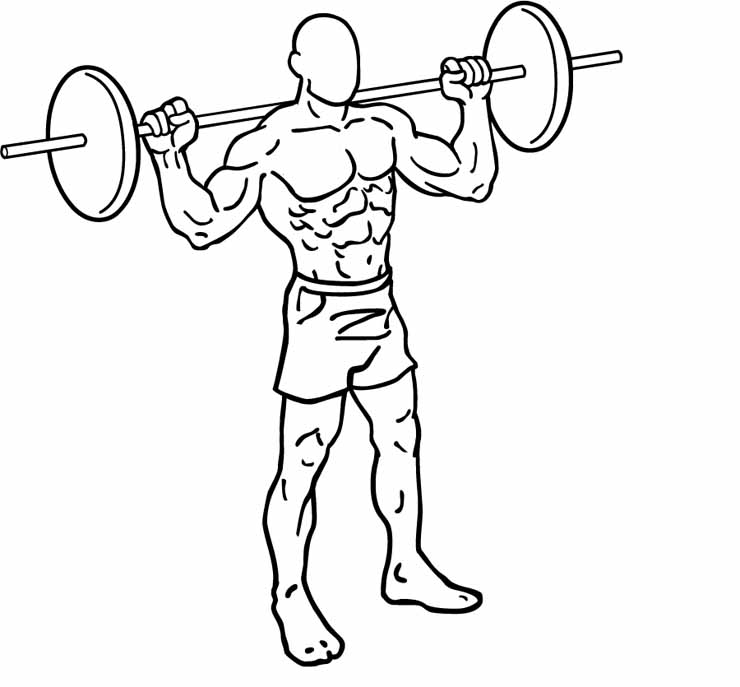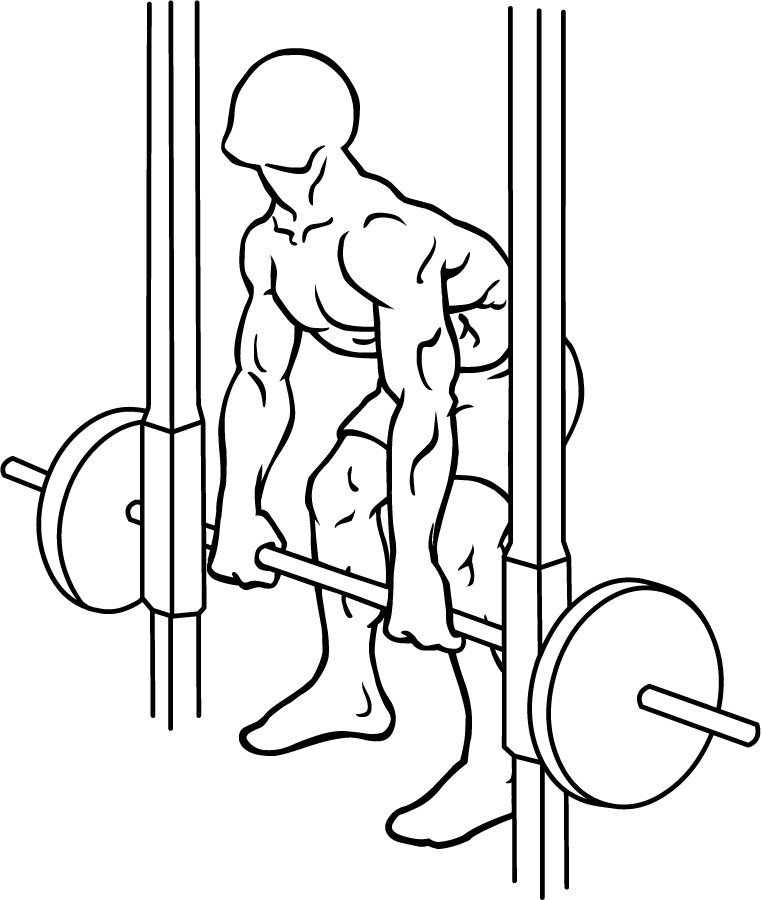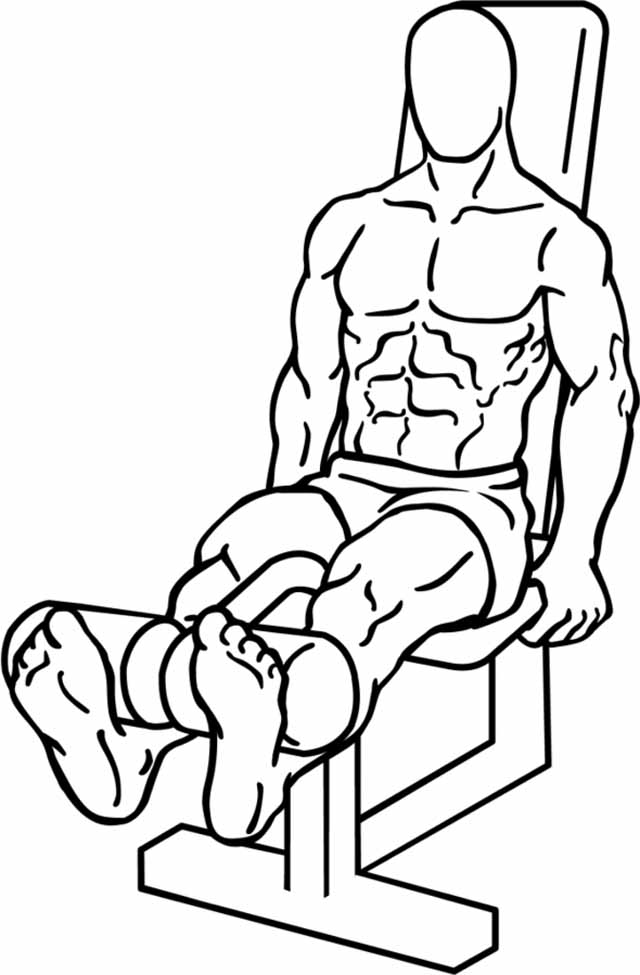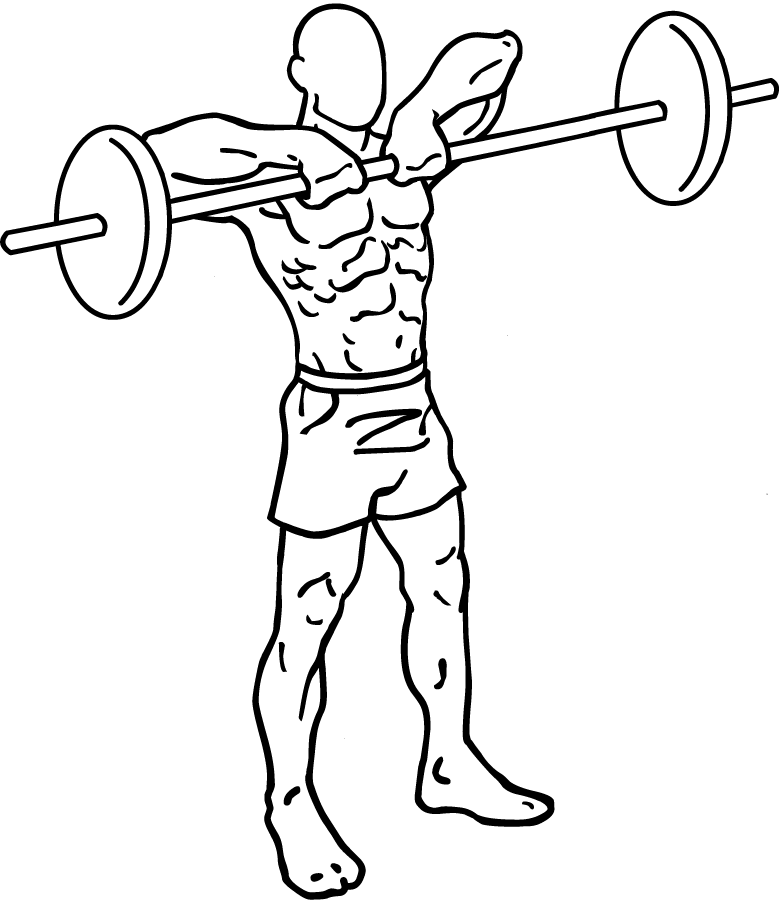.
Strength training should be a key part of your weekly exercise routine. Not only will you build your muscles, you’ll set your body up for more efficient fat burning. However, it is critical to observe safety protocols when working out as injuries can derail your efforts for weeks or months. Common mistakes made by folks during weight training are adopting an all-or-nothing approach, undertaking unbalanced training programs, not incorporating enough variety, neglecting to adjust machines to individual body size, using bad form, and not setting realistic goals.
But it’s not just about how you perform the moves – the moves themselves may be doing you more harm than good. We’re about to let you in on five strength training moves you shouldn’t even attempt because the risk of injury is too high for the potential gain. But don’t worry; we’ve also got alternatives that will do much better for you.
Behind the Head Lat Pull-downs

We have said that it’s important to build variety into your strength training, but this advice doesn’t apply to a lat pull-down. A lot of times people will pull the bar down behind their head to their neck during a pull-down as a variation they hope will build upper back strength. However, this asks your shoulders to move in a way that is not natural. Much like the upright row, this tends to cause injury to the rotator cuffs, especially when done with a lot of weight.
To build strength in your back, you can’t beat the classic pull-up. There are a variety of other moves that utilize a resistance band or dumbbells if you don’t have access to a pull-up bar.
As with all new workout routines, it’s best to consult a doctor if you’ve had prior injuries or health concerns. Start slow with basic bodyweight exercises before moving up to resistance bands, dumbbells, and finally barbells with increasing amounts of weight. However, there’s no reason to keep pushing more weight unless you want to bulk up. Maintaining a simple bodyweight routine is great for building and maintaining a strong, lean physique. There are many different types of bodyweight exercises as well, so you can vary your routine to work your whole body and stave off boredom.
Strength training does involve incurring small tears in your muscle fibers, which are then repaired even stronger. Soreness is a part of building strength, but you should never be in agony. Just scratch these injury-causing exercises off your list and you’ll have a safer and more comfortable time of building the strong muscles you want. Your workout should make you hurt so good, not send you to the hospital!
























































